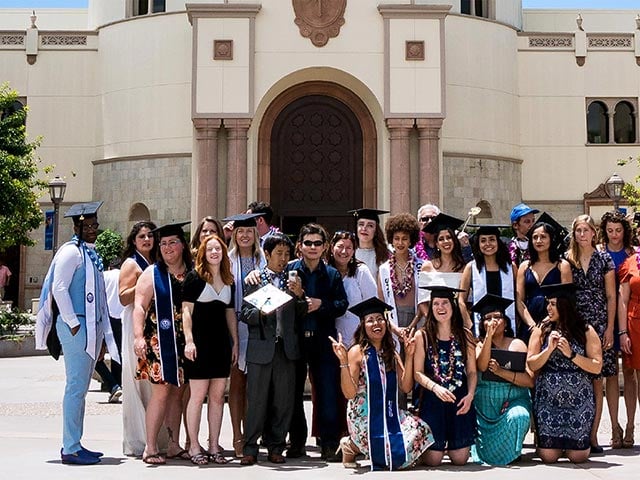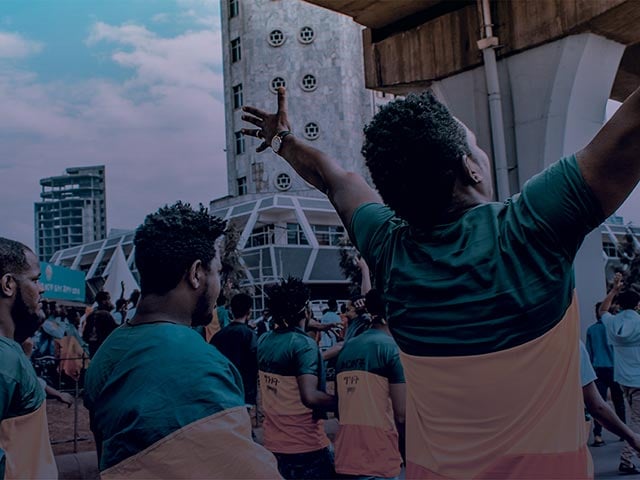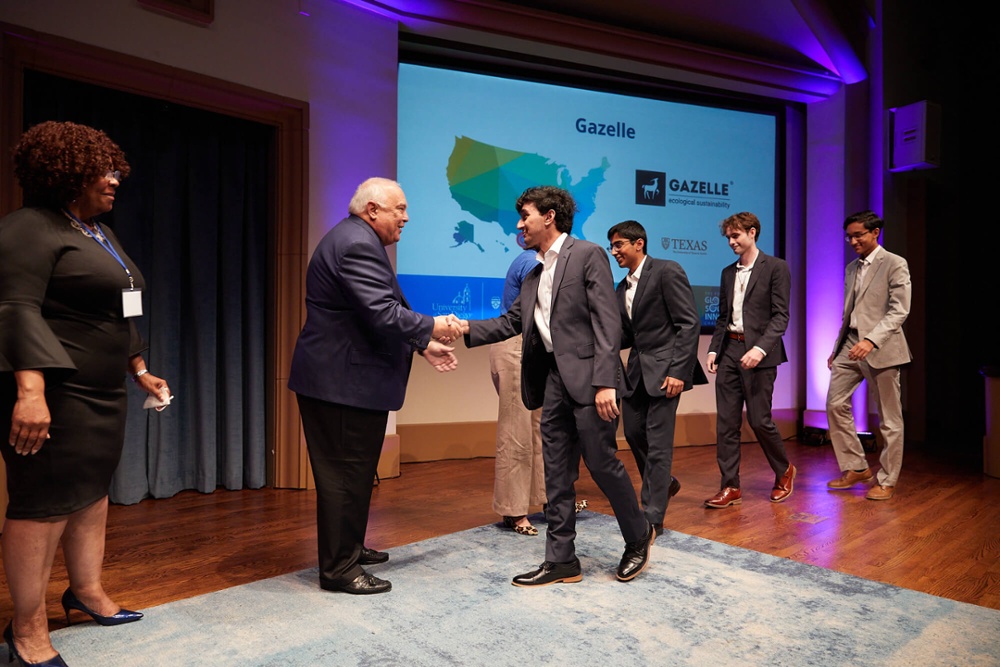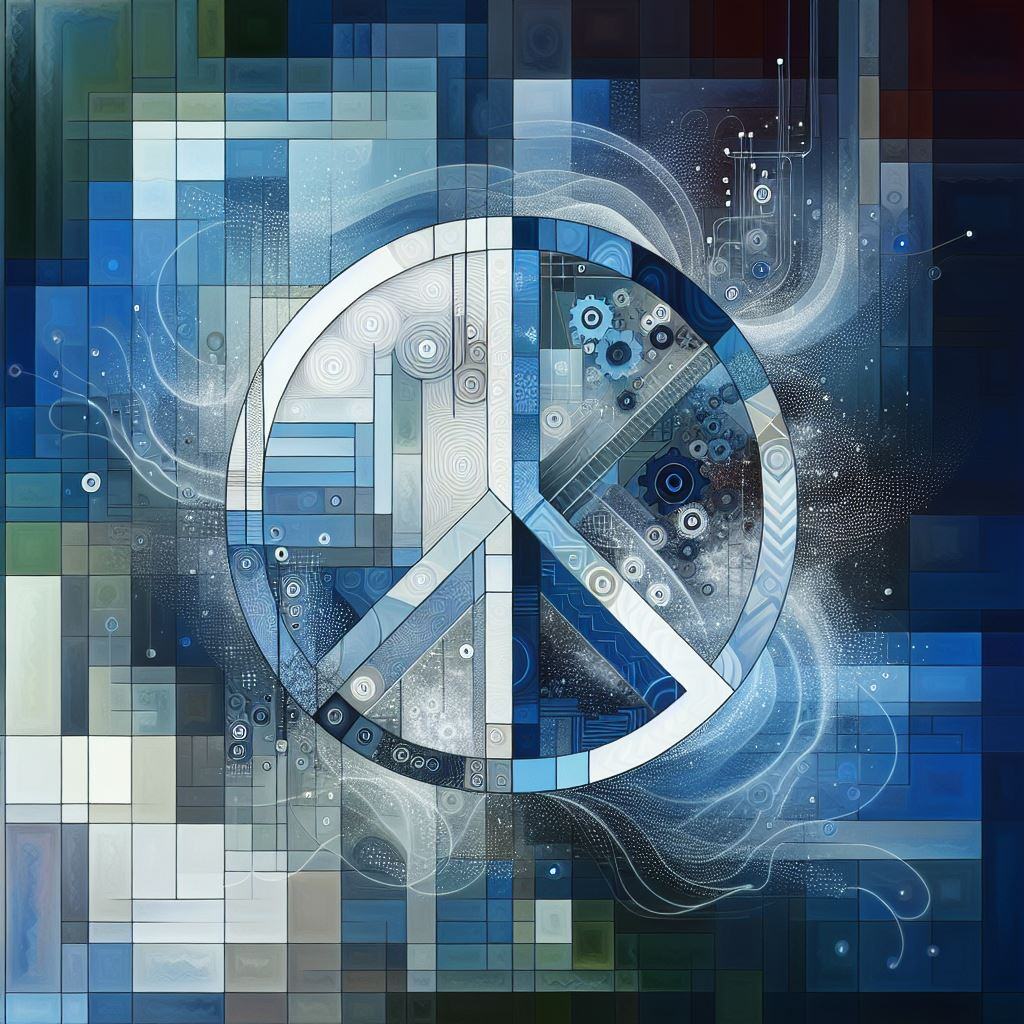When technology advances, society finds ways to use it for progress—but how can it be leveraged to promote peace in the 21st century? Digital tools are actively used to resolve conflicts, support humanitarian efforts and amplify voices advocating for justice. With the right approach, every technological advancement can become a force for good, fostering global stability and equity.
To better understand how technology is shaping peace and justice today, let’s start by exploring its historical impact.
How Does Technology Impact Peace and Justice?
From the printing press to the telegram, new technologies have always given people tools to communicate, protest and promote social justice more effectively.
The printing press, invented in 1440, revolutionized the world and the way in which transformative ideas were spread during the Reformation and the Enlightenment eras. It gave rise to movements that reshaped societies such as John Locke’s theories on natural rights, and the abolitionist movement, which was propelled by works like Frederick Douglass’s autobiographies.
The telegram, introduced in the 1800s, enabled rapid communication. In 1965, President Lyndon B. Johnson received a telegram from the Leadership Conference on Civil Rights, urging the use of federal troops to protect marchers and uphold constitutional rights in Alabama.
During the Civil Rights Movement of the 1960s, television—first invented in 1927—and photography played a crucial role in exposing racial injustice. Images of events like the Birmingham protests revealed the harsh realities of segregation, galvanizing public support. By broadcasting peaceful demonstrations met with violence, television helped shift public opinion and pressured lawmakers to advance civil rights legislation.
Today, modern innovations continue this legacy by offering new ways to promote justice, organize peaceful protests and prevent conflict.
Social Media and Peaceful Protests
Currently, technology leveraged to mobilize peaceful protests can be found through Facebook events—as was done for the Arab Spring, the Women’s March in D.C. and the March for Our Lives movement advocating for gun control. Instagram, X (formerly Twitter) and the use of hashtags have also been a powerful tool for activism.
Beyond event organization, platforms like Instagram and X have transformed activism by allowing individuals to share live footage, updates and calls to action. Hashtags have become rallying cries, spreading awareness and uniting voices across continents. #BlackoutTuesday, a digital protest in 2020, saw millions post black squares in solidarity with the Black Lives Matter movement. Likewise, Palestine protests have gained widespread visibility through livestreams and social media posts, shedding light on humanitarian crises and rallying international support. Climate strikes, such as those led by Fridays for Future, have used social media to coordinate protests, spread scientific data on climate change, and pressure world leaders into taking action.
Research by USD Kroc School of Peace Studies faculty member, Austin Choi-Fitzpatrick, explores how drones can be used to count protestors, offering valuable insights into the scale and impact of social movements. By capturing aerial footage, drones offer an accurate assessment of crowd sizes, countering attempts to downplay participation numbers and reinforcing the legitimacy of movements.
Social media has also facilitated fundraising efforts, connecting those in need with donors willing to support critical causes. Crowdfunding platforms and viral donation campaigns have enabled direct financial support for legal defense funds, medical aid and relief efforts for communities affected by injustice and conflict. This intersection of technology and activism continues to reshape how movements gain momentum and sustain long-term impact.
The same technologies that support activism and awareness can also provide valuable insights into conflict dynamics.
Data Analytics Mapping Patterns of Conflict
Advancements in data analytics allow researchers to identify patterns of conflict and predict areas of unrest. By analyzing vast amounts of data, experts can assess root causes, detect early warning signs and develop strategies to prevent violence. This approach enables peace organizations to allocate resources effectively and intervene before tensions escalate, ultimately saving lives and promoting stability.
One such example of data analytics in action is SensusQ, an Estonian military intelligence company. SensusQ has developed a system that processes extensive data from sources like radars, drones and social media to predict military actions months in advance. This technology enhances situational awareness and supports the timely dissemination of intelligence, offering a critical tool in conflict prevention and management.
Additionally, many organizations use war games—complex, simulated models designed to test various conflict scenarios and their outcomes. These models incorporate data on geography, military capabilities, political contexts and social dynamics to simulate how conflicts might unfold. By running these simulations, analysts can predict the potential impact of different strategies and interventions, providing invaluable insights for decision-makers to minimize the risk of escalation and loss of life.
Virtual Reality and Conflict Resolution Training
Virtual reality (VR) contributes to conflict resolution training by offering immersive simulations for professionals preparing to work in high-stress environments. Through VR training, people can:
- Engage in realistic conflict scenarios in a controlled environment and with multiple takes
- Practice de-escalation techniques with various outcomes
- Build confidence in handling real-world conflicts effectively
By simulating interactions with diverse stakeholders, VR equips future peacebuilders with the skills needed to navigate complex situations with empathy and composure.
Artificial Intelligence
In the last few years, worries have surfaced that AI would do more harm than good, citing concerns about environmental impacts among other issues. Yet, just as any other form of technology, social good is in the eye of the beholder.
Buni.AI, an AI venture developed by two Kroc School students, was created with the goal of using artificial intelligence to generate meaningful employment opportunities for Africa’s youth and women. Carolyne Komen and Honorebel Walker saw the potential to bridge the gap in the AI ecosystem while addressing economic inequality. By offering a platform that allows Africa’s untapped talent to participate in the expanding AI industry, Buni.AI is tackling the challenge of limited access to traditional job markets. Their work, which earned them a spot as finalists in the Fowler Social Innovation Challenge (FGSIC), underscores the power of technology to drive social change and promote a more inclusive future for all.
Renowned scholar and Kroc School professor—Topher McDougal—also explores AI’s impact on humanity and the planet in his new book, Gaia Wakes. Examining the cycles of change throughout Earth’s history, McDougal considers how artificial intelligence fits into these patterns—highlighting its potential to shape both our future and our relationship with the planet.
Other uses for AI surrounding peace include interventions for more effective conflict prevention strategies. The Global Partnership for the Prevention of Armed Conflict (GPPAC) discusses how AI enhances early warning systems by efficiently processing vast amounts of data to identify patterns indicating potential conflicts.
Drone Delivery of Humanitarian Aid
Drones are increasingly being used to deliver humanitarian aid to conflict zones and disaster-stricken regions. In areas where traditional access is unsafe or impractical, drones provide:
- Medical supplies and food to isolated communities
- Real-time assessments of disaster damage
- A safer alternative for aid workers to support affected populations
This technology helps reach those in need, even in the most challenging circumstances.
More recent developments show that drones are being used to transport vaccines, blood supplies and other critical medical resources in places where infrastructure is damaged or non-existent. For example, in remote regions of Africa, drones have been used to deliver vaccines to areas that are difficult to reach by road. This has dramatically reduced delivery times and allows essential health services to reach populations at risk of preventable diseases.
Additionally, drones equipped with thermal imaging and other sensors can quickly map disaster areas, providing real-time data that helps aid organizations, assess the scale of damage and prioritize response efforts. This capability has proved especially useful in disaster scenarios like natural disasters, where every second counts in saving lives.
By minimizing human exposure to danger, drones enhance the efficiency and safety of humanitarian operations, ensuring that help can reach those who need it most, even in the most challenging circumstances.
Begin Your Peace and Justice Studies and Prepare for the Future of Peace and Conflict Technology
At the Kroc School of Peace Studies, students pursue the knowledge and skillset needed to lead peace and justice initiatives in a rapidly changing world. The Master of Arts in Peace and Justice (MAPJ) and Master of Science in Conflict Management and Resolution (MSCMR) programs prepare graduates to leverage peace and technology for social good, from tackling complex issues such as armed conflict, refugee displacement, human rights abuses, and environmental injustices, to learning skills critical to navigating and resolving conflicts at various levels.
Join a community dedicated to using technology to shape a more peaceful future.
Learn more about our MAPJ Program
Learn more about our MSCMR Program

About the Author
The Joan B. Kroc School of Peace Studies (Kroc School) at the University of San Diego is the global hub for peacebuilding and social innovation. Founded in 2007, the Kroc School equips the next generation of innovative changemakers to shape more peaceful and just societies. We offer master's degrees in peace and justice, social innovation, humanitarian action, conflict management and resolution, and a dual degree in peace and law — programs that have attracted diverse and dynamic students from more than 50 countries. In addition to our graduate programs, the Kroc School is home to the Kroc Institute for Peace and Justice (Kroc IPJ). Founded in 2001, the Institute supports positive change beyond the classroom. Through groundbreaking research, experiential learning, and forward-thinking programs, the Kroc School and Kroc IPJ are shaping a future in which peaceful co-existence is the new normal.






